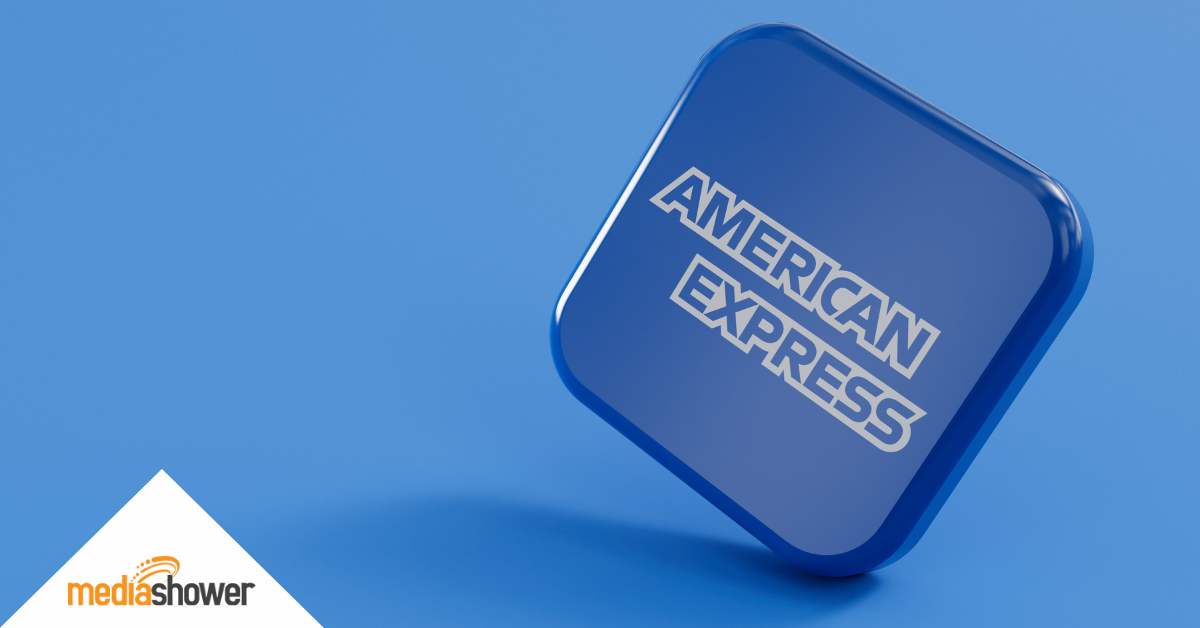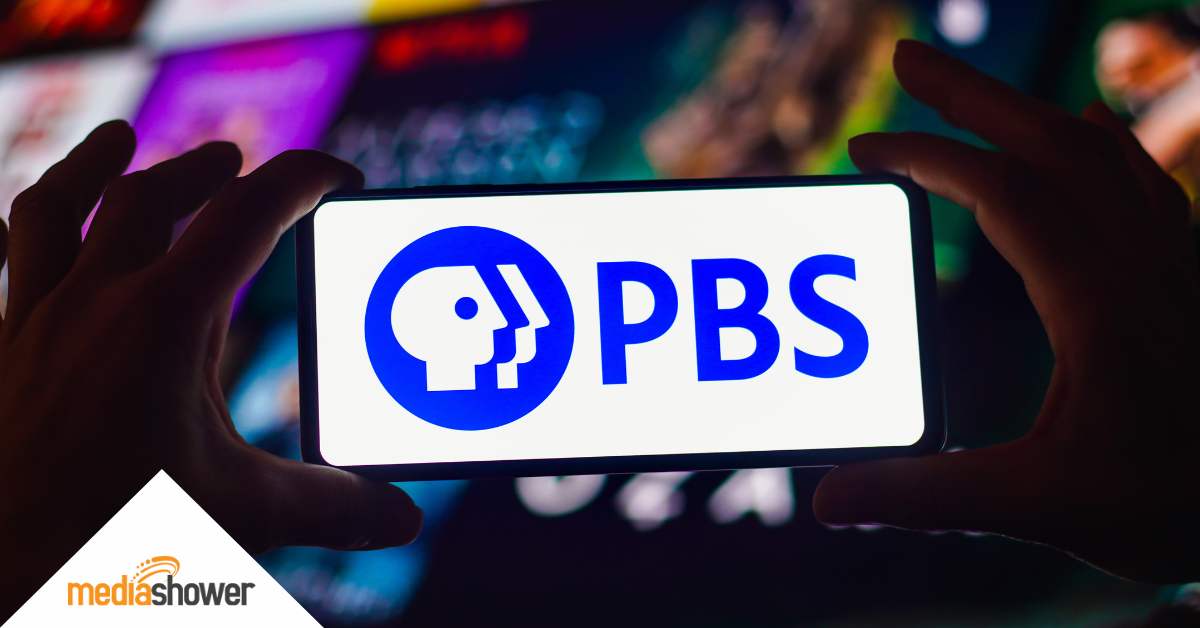
When you think of bold marketing case studies, you probably don’t think of Big Bird.
But you should.
The Public Broadcasting Service (PBS)—best known for educational programming like “Sesame Street,” “Frontline,” and “Masterpiece”—has quietly built one of the most successful and trusted media brands in America. All while limiting advertising, staying true to its mission, and recently losing its federal funding.
So how did PBS survive—and thrive—in today’s brutally competitive, ad-driven media ecosystem?
This case study unpacks PBS’s innovative marketing strategy: how it leveraged trust, mission-driven messaging, and multiplatform marketing to evolve into a digital-first, donor-supported powerhouse.
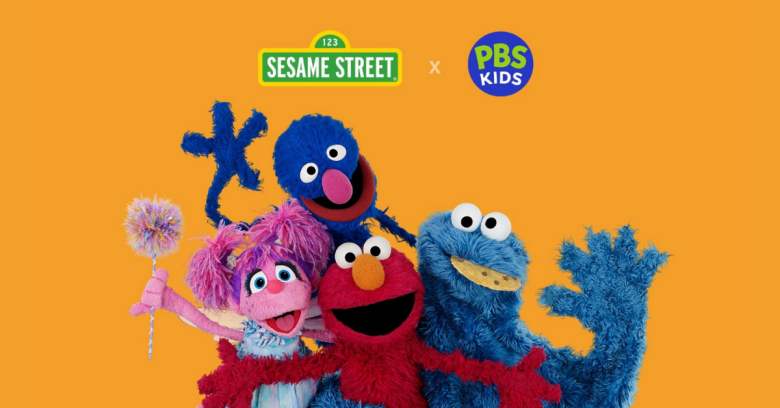
Trust: PBS’s Marketing Superpower
For 22 consecutive years, PBS has ranked as America’s most trusted institution—a marketing advantage most brands would kill for.
Instead of relying on loud ad campaigns or trendy rebrands, PBS has focused on what Amy Wigler, VP of Multiplatform Marketing, calls “powerful emotional connections that transcend generations.”
These emotional bonds manifest in audience loyalty that money can’t buy. Viewers wear PBS merchandise like a badge of identity. They donate without being sold to. And they trust PBS to deliver content that’s educational, nonpartisan, and culturally enriching.
In a fragmented media environment dominated by clickbait and controversy, PBS’s brand is both rare and powerful.
Trust is not a soft metric. It’s a strategic asset that drives brand loyalty, donation revenue, and sponsor value.
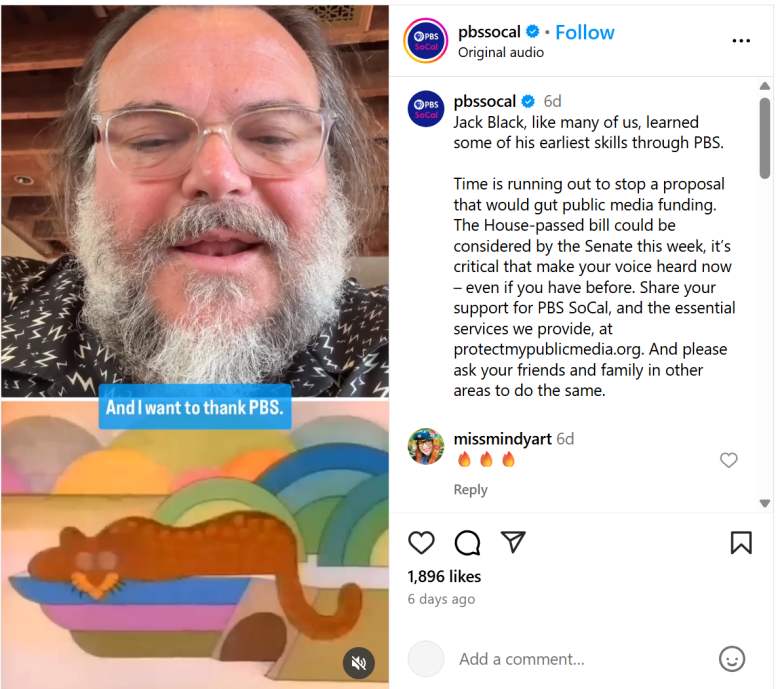
Jack Black shares what PBS means to him. Watch the video.
The Sponsorship Advantage
Unlike commercial networks, PBS limits its sponsor mentions to two to four per hour of programming. By contrast, a commercial broadcaster may air 35+ ads per hour.
This minimalist approach makes PBS an ideal environment for brand-safe sponsorships. Marketers don’t have to worry about their brand appearing next to toxic content, political rants, or scandal-ridden headlines.
Sponsors like Nature Valley and Ancestry.com have flocked to PBS not for high volume, but for high-value placement. Their brands are aligned with educational, community-focused content that reflects well on their corporate values.
PBS offers:
- Less ad clutter: Fewer sponsor interruptions mean higher viewer attention.
- Premium audience: PBS viewers are educated, affluent, and loyal.
- Cause alignment: Sponsoring PBS supports a public mission, not just airtime.
Limiting quantity can actually raise the quality of engagement—and the perceived value of brand partnerships.
Multiplatform Campaigns
PBS’s top-performing campaigns use a multiplatform approach that integrates:
- Linear TV
- Streaming video
- YouTube
- Social media
- Digital newsletters
- Classroom tools
- Local community events
For example, educational tie-ins allow PBS to reach teachers and students in the classroom. Local events create boots-on-the-ground engagement. YouTube reaches younger audiences who might never tune in to broadcast TV.
PBS also tailors its messaging by platform—what works on TikTok is different from what resonates on PBS.org. This platform-specific optimization boosts impact without diluting the brand.
The most effective campaigns meet the audience across platforms and formats, not in silos.
Going Digital-First
If you think PBS is just for retirees, think again.
In 2012, PBS launched Digital Studios, which now includes 16 active channels and averages nearly 50 million views per month. Since its launch, Digital Studios has produced over 75 series, gained more than 30 million subscribers, and racked up over 4 billion lifetime views on YouTube.
Notably, 82% of its audience is under the age of 45—proof that PBS’s digital reach extends well beyond its traditional viewership.
Its 50+ digital series include popular science shows, cultural explainers, and remix videos that blend education with entertainment. The PBS.org website brings in 12 million monthly visitors, and its mobile apps have grown 35% year-over-year.
This isn’t just about reach—it’s about relevance. PBS has used digital channels to stay connected with younger “brand fans” who don’t watch traditional TV but still value learning and storytelling.
And while digital audiences aren’t always donors, PBS is converting many into subscribers through PBS Passport, a premium streaming service that blends public media with on-demand convenience.
Turning Audiences into a Multigenerational Fanbase at PBS.
Funding Cuts? No Problem
In July 2025, Congress eliminated all federal funding for PBS and National Public Radio (NPR), amounting to a $1.1 billion cut. For many media organizations, that would be catastrophic.
But for PBS, it was a challenge they had already been preparing for.
Today, PBS’s federal funding accounts for just 15% of total revenue (though that amount varies among local stations).
The rest comes from:
- Station dues
- Private foundations
- Corporate sponsors
- Individual donors
- Content licensing and streaming
- Other revenue like events and education services
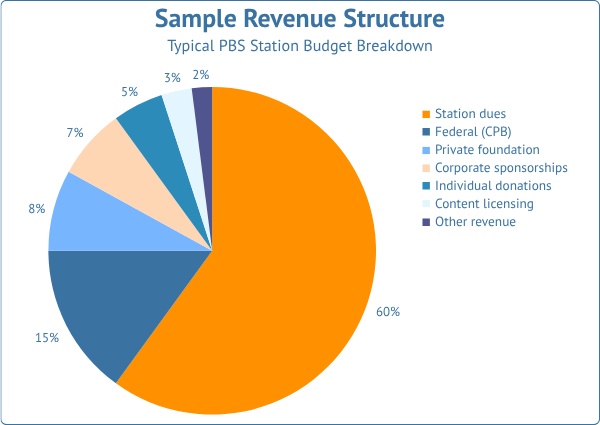
Illustrative estimate based on aggregated public data and industry commentary.
(Source: Perplexity)
PBS has developed new income streams like:
- PBS distribution deals on Amazon Prime
- International licensing for shows like Downton Abbey
- Digital advertising on YouTube (carefully balanced to avoid commercial overload)
- Educational consulting and curriculum licensing
- Retransmission fees from cable and satellite providers
With its diversified business model, PBS has become financially resilient—even as hundreds of rural stations face potential shutdowns due to local funding challenges.
A diversified revenue model is more than financial planning—it’s a survival strategy.
Key Success Factors
PBS is entering a critical moment in its history—but it’s not unprepared. While the full impact of federal funding cuts remains to be seen, PBS’s long-standing marketing and business strategies give it a strong chance of weathering the storm.
Here are five reasons PBS is well positioned to survive.
1. Unshakable audience trust
PBS has ranked as America’s most trusted institution for over two decades. That trust drives not only audience loyalty but also sustained donor and sponsor support—both of which will be critical in the post-federal funding era.
2. Minimal messaging, maximum impact
With just two to four sponsor messages per hour, PBS maintains an uncluttered, brand-safe environment that continues to attract premium sponsors. These sponsorships are likely to grow in value as brands seek trusted partners in a volatile media landscape.
3. Multiplatform integration
PBS’s marketing campaigns are already optimized across broadcast, digital, streaming, mobile, classroom, and event-based channels. This flexibility allows PBS to engage diverse audiences and cultivate revenue streams across formats.
4. Audience-first digital strategy
PBS’s digital growth has positioned it well for the future. With 56 million monthly YouTube views (60% of them aged 18–34) and a 35% growth rate in mobile app usage, PBS is successfully building a new generation of brand fans who may not rely on broadcast TV.
5. Mission-driven monetization
While federal funding accounted for 15% of PBS’s overall budget, the organization has steadily built a diversified revenue base—including station dues, foundation support, corporate sponsorships, individual donations, and licensing.
This makes PBS more resilient than many assume, though rural stations with higher federal dependency remain at high risk.

Marketer Takeaways
PBS is now facing one of its greatest challenges, but its strategic foundation offers valuable lessons for marketers navigating change, uncertainty, or disruption.
Here’s what you can learn:
- Build trust, not just reach. Your audience has more options than ever. Loyalty comes from consistency, credibility, and emotional value—not frequency.
- Reduce the noise. Fewer, better-placed messages get more attention. Consider sponsorships or native content opportunities that emphasize quality over quantity.
- Master the multichannel mix. Stop thinking of digital and traditional media separately. Like PBS, aim for one integrated story told across multiple platforms.
- Follow the audience. Analyze where your audience consumes content—and meet them there. Mobile, streaming, YouTube, email, classroom, events—choose what makes sense.
- Anchor in purpose. Even if you’re not a nonprofit, your brand values should guide your marketing. When your strategy supports a bigger mission, customers become advocates.
Media Shower’s AI marketing platform helps you create trusted content—brought to you by the letters ROI. Click here for a free trial.


